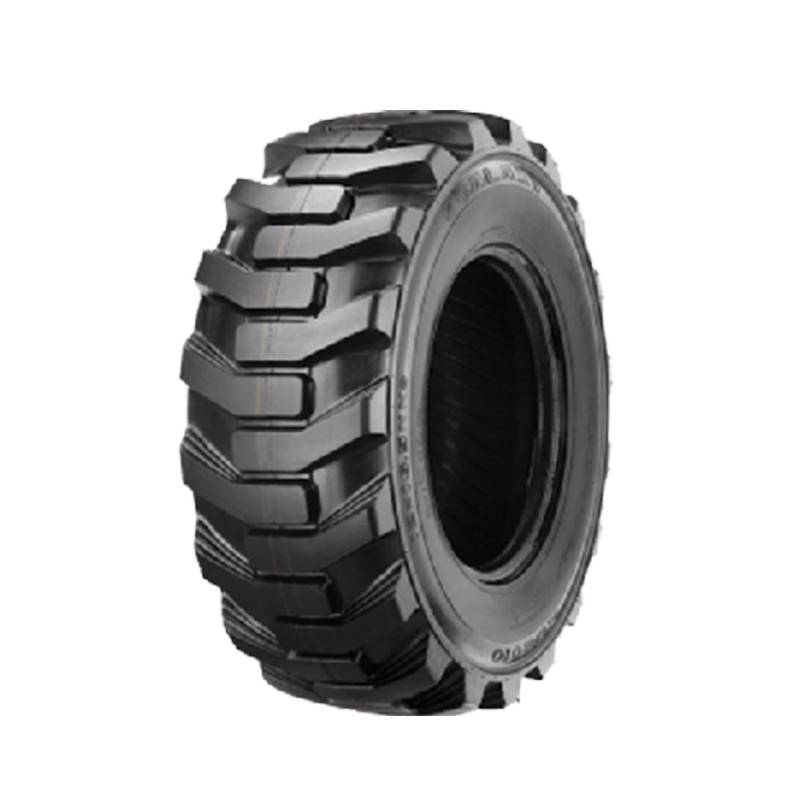
Dec . 29, 2024 07:54
Back to list
pneumatic control valve
Understanding Pneumatic Control Valves A Key Component in Automation
Pneumatic control valves are vital in various industrial applications, serving as the linchpin in systems that utilize compressed air for automation and control. These valves regulate the flow and pressure of air within pneumatic systems, thereby influencing the operation of actuators, cylinders, and other devices. Understanding how pneumatic control valves function and their applications can significantly enhance efficiency and reliability in numerous processes.
What are Pneumatic Control Valves?
Pneumatic control valves are devices that control the flow of compressed air in pneumatic systems. They are designed to manage the on/off state or the modulating capability of airflow to actuate machinery. These valves can be classified into several types based on their function, including directional control valves, pressure control valves, and flow control valves.
1. Directional Control Valves These valves manage the direction of airflow in a pneumatic circuit. They typically feature positions that determine the flow path of air, activating one or more actuators based on the selected position. Common designs include 2/2, 3/2, and 4/2 way valves, indicating the number of ports and positions that the valve can have.
2. Pressure Control Valves These valves maintain and regulate the pressure within a system. They are crucial in ensuring that the pneumatic system operates within safe and efficient pressure ranges, preventing damage and enhancing performance.
3. Flow Control Valves As the name suggests, these valves control the speed of the actuators by regulating the flow rate of the compressed air. They are essential in applications where the speed of motion needs precise control, such as in robotics and assembly lines.
The Working Principle
The operation of pneumatic control valves is based on the principles of fluid dynamics. When compressed air is introduced to the valve, it moves through different internal passages based on the valve's configuration. The position of the valve is typically controlled by an actuator, which can be electric, pneumatic, or mechanical.
In a basic scenario, when the valve is activated, air flows through the open port, enabling the connected actuator or device to function. Conversely, when the valve is closed, the flow is halted, and the actuator responds accordingly. The efficiency of this system relies heavily on the precision of the pneumatic control valve, as even minor inaccuracies can lead to significant inefficiencies down the line.
Applications of Pneumatic Control Valves
Pneumatic control valves are employed in a wide range of applications across various industries
pneumatic control valve

- Manufacturing Used extensively for controlling machinery and automated assembly lines. They allow for the precise movement of robotic arms, enabling tasks such as welding, painting, and assembly.
- Transportation In the automotive industry, pneumatic control valves are used in braking systems and in vehicles for managing different functions such as automatic doors.
- Food and Beverage In this sector, pneumatic systems help in controlling packaging, filling, and bottling processes, ensuring that production lines operate smoothly and safely.
- Construction Pneumatic tools, such as jackhammers and nail guns, frequently integrate pneumatic control valves to achieve desired operational speeds and efficiencies.
Benefits of Pneumatic Control Valves
The use of pneumatic control valves offers several advantages
- Speed They can achieve rapid actuation, crucial for applications requiring quick responses.
- Energy Efficiency Properly designed pneumatic systems can minimize energy consumption, as these valves can control airflow precisely, avoiding wastage.
- Simplified Maintenance Pneumatic control valves are generally easier to maintain compared to their hydraulic counterparts, due to fewer moving parts and simpler operation.
- Safety By maintaining safe pressure levels and providing reliable control, these valves help prevent accidents and equipment damage.
Conclusion
Pneumatic control valves are essential in the realm of automation and control systems. Their ability to manage the direction, pressure, and flow of compressed air makes them indispensable across various industrial applications. As technology advances, the design and functionality of pneumatic control valves continue to evolve, enhancing their performance and applicability in dynamic environments. Understanding these components not only improves operational efficiency but also fosters innovation in systems that rely on pneumatic technology. In an era of increasing automation, investing in high-quality pneumatic control valves is a strategic decision for businesses looking to optimize their processes.
Latest news
-
Safety Valve Spring-Loaded Design Overpressure ProtectionNewsJul.25,2025
-
Precision Voltage Regulator AC5 Accuracy Grade PerformanceNewsJul.25,2025
-
Natural Gas Pressure Regulating Skid Industrial Pipeline ApplicationsNewsJul.25,2025
-
Natural Gas Filter Stainless Steel Mesh Element DesignNewsJul.25,2025
-
Gas Pressure Regulator Valve Direct-Acting Spring-Loaded DesignNewsJul.25,2025
-
Decompression Equipment Multi-Stage Heat Exchange System DesignNewsJul.25,2025

